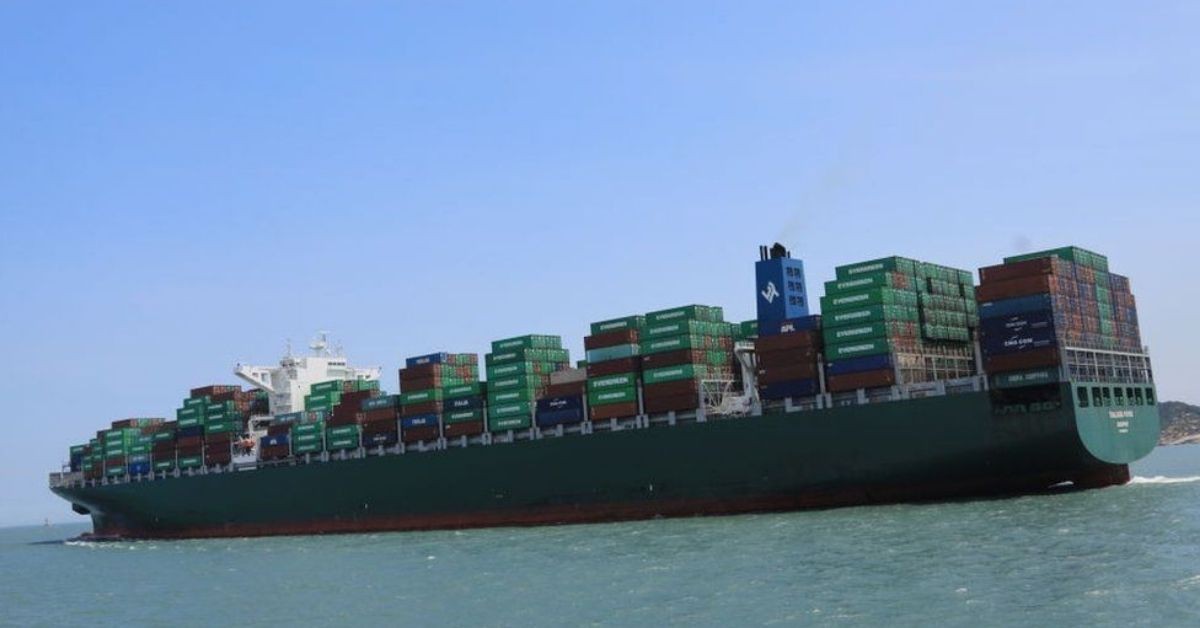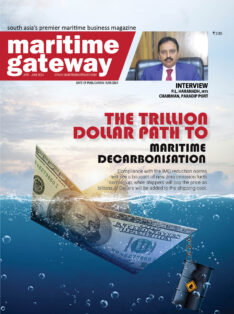In shipping there have been clear winners and loser in the global war against the Covid-19 pandemic. In the latter camp sit cruise ships and to some extent tankers, who have seen earnings spike from storage demands only to fall back as international oil demand waned.
In prime position in the winners’ circle are container ships. Freight rates have climbed ever higher since the start of the pandemic and while they were starting to settle towards the end of the first quarter, the mishap with the Ever Given in the Suez Canal gave them a shot of adrenaline.
This renewed growth has raised concerns that inflated container freight rates will hamper the ability of the world economy to recover, with shipping rates a major component of trade costs.
In a policy brief, UNCTAD has examined why container freight rates surged during the pandemic and what can be done to avoid a similar situation in the future – although container ships operators might prefer those increases to go unchecked.
Container rates have a particular impact on global trade, since almost all manufactured goods – including clothes, medicines and processed food products – are shipped in containers, UNCTAD noted. “The ripples will hit most consumers,” said Jan Hoffmann, head of UNCTAD’s trade and logistics branch. “Many businesses won’t be able to bear the brunt of the higher rates and will pass them on to their customers.”
At the start of the Covid-19 pandemic, expectations were that seaborne trade, including containerised trade, would experience a strong downturn. However, changes in consumption and shopping patterns triggered by the pandemic, including a surge in electronic commerce, as well as lockdown measures, in fact led to increased import demand for manufactured consumer goods, a large part of which is moved in shipping containers, noted UNCTAD.
This was supported by the lessening of lockdown measures, recoveries and stimulus packages that supported consumer demand, and inventory-building and frontloading in anticipation of new waves of the pandemic, which all contributed to more demand for containerised services.
Unprecedented shortage
“The increase in demand was stronger than expected and not met with a sufficient supply of shipping capacity,” UNCTAD said, leading to an “unprecedented” shortage of empty containers.
“Carriers, ports and shippers were all taken by surprise,” it said. “Empty boxes were left in places where they were not needed, and repositioning had not been planned for.”
This imbalance in containers helped to inflate rates, which rose again when container carriers introduced blank sailings – skipping port calls – leaving more empty containers in the wrong places.
With supply and demand out of kilter, inefficiencies in the supply chain itself exacerbated the problem with port congestion, modal constraints and labour shortages artificially taking tonnage out of the market.
All this led to historically high freight rates at the end of 2020 and into 2021, with trade routes to developing regions hit the hardest with rate hikes, where, as UNCTAD points out, “consumers and businesses can least afford it”.
By early 2021, freight rates from China to South America had jumped 443% compared with 63% on the route between Asia and North America’s eastern coast, according to UNCTAD figures. Container freight rates to South America and western Africa are currently higher than to any other major trade region.
UNCTAD puts some of this down to longer routes from China to countries in South America and Africa, requiring more ships and leading to more containers becoming “stuck” on these ships. “When empty containers are scarce, an importer in Brazil or Nigeria must pay not only for the transport of the full import container but also for the inventory holding cost of the empty container,” the policy brief says.
There is also a lack of backhaul cargo from those developing countries as they import more than they export in containers, leading to high repositioning costs for returning empty containers to China.
“Carriers, ports and shippers were all taken by surprise by the pandemic, and the subsequent shortage of empty containers observed since late-2020 is unprecedented. No contingency plans were in place to pre-empt the lack of availability or to mitigate its negative impacts.
“Given current trends, several months will likely pass before this disruption can be absorbed across the maritime supply chain and before the system resumes smoother operations.”
Future fix
UNCTAD’s advice to avoid a similar situation taking place in the future covers three points: advancing trade facilitation reforms, improving maritime trade tracking and forecasting, and strengthening national competition authorities.
On the first point, it said that reforms are needed from policymakers to make trade easier and less costly. This would be a double win as modernising trade processes and procedures would reduce physical contact between workers in the shipping industry, making supply chains more resilient and better protecting employees.
Secondly, UNCTAD calls on policymakers to “promote transparency and encourage collaboration along the maritime supply chain to improve how port calls and liner schedules are monitored”. There should be no need for stakeholders to be taken “by surprise” by container and maritime equipment shortages.
Thirdly, UNCTAD stresses the importance of policymakers continuing to strengthen national competition authorities for maritime transport, making sure that they are able to provide the requisite regulatory oversight.
“While there are several reasons that may explain the shortage in containers and ship supply capacity, including the disruptive nature of the pandemic and associated restrictions, it is also important to ensure that national competition authorities can monitor freight rates and market behaviour,” it said. UNCTAD is contributing to such monitoring through its research and statistics on fleet deployment, port calls, freight rates and liner shipping connectivity.
“The Ever Given incident reminded the world just how much we rely on shipping,” concluded UNCTAD’s Hoffmann. “About 80% of the goods we consume are carried by ships, but we easily forget this.”
Source: The Baltic Briefing








